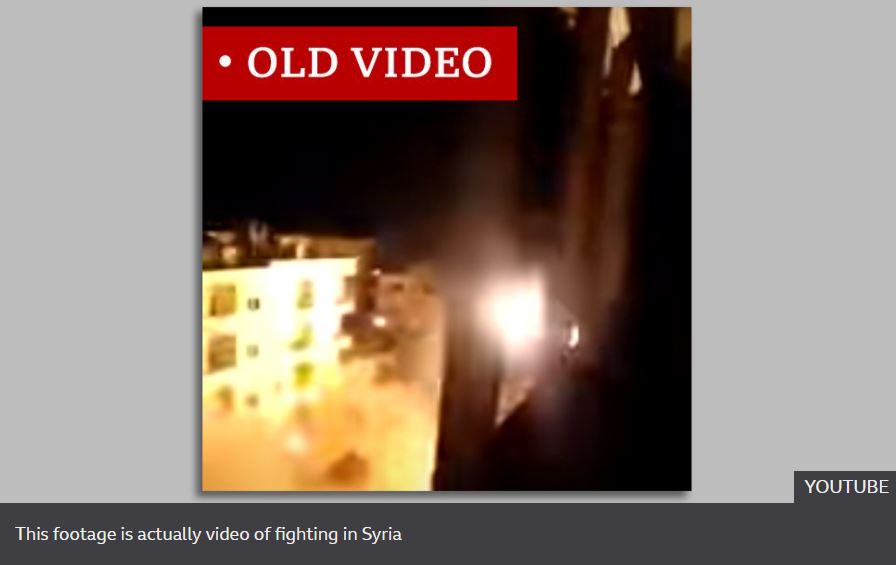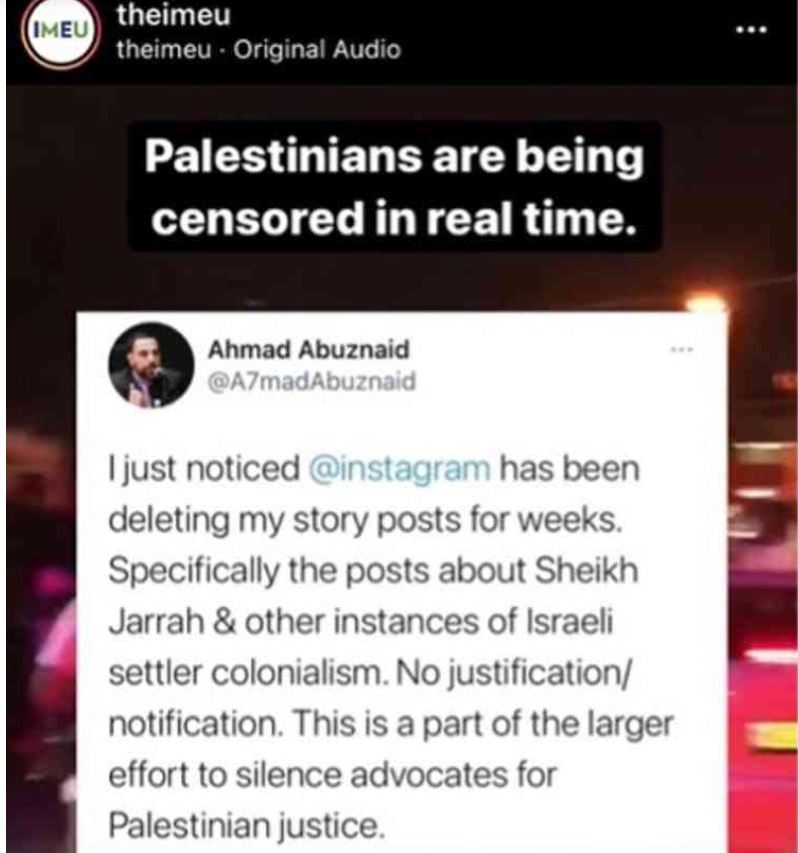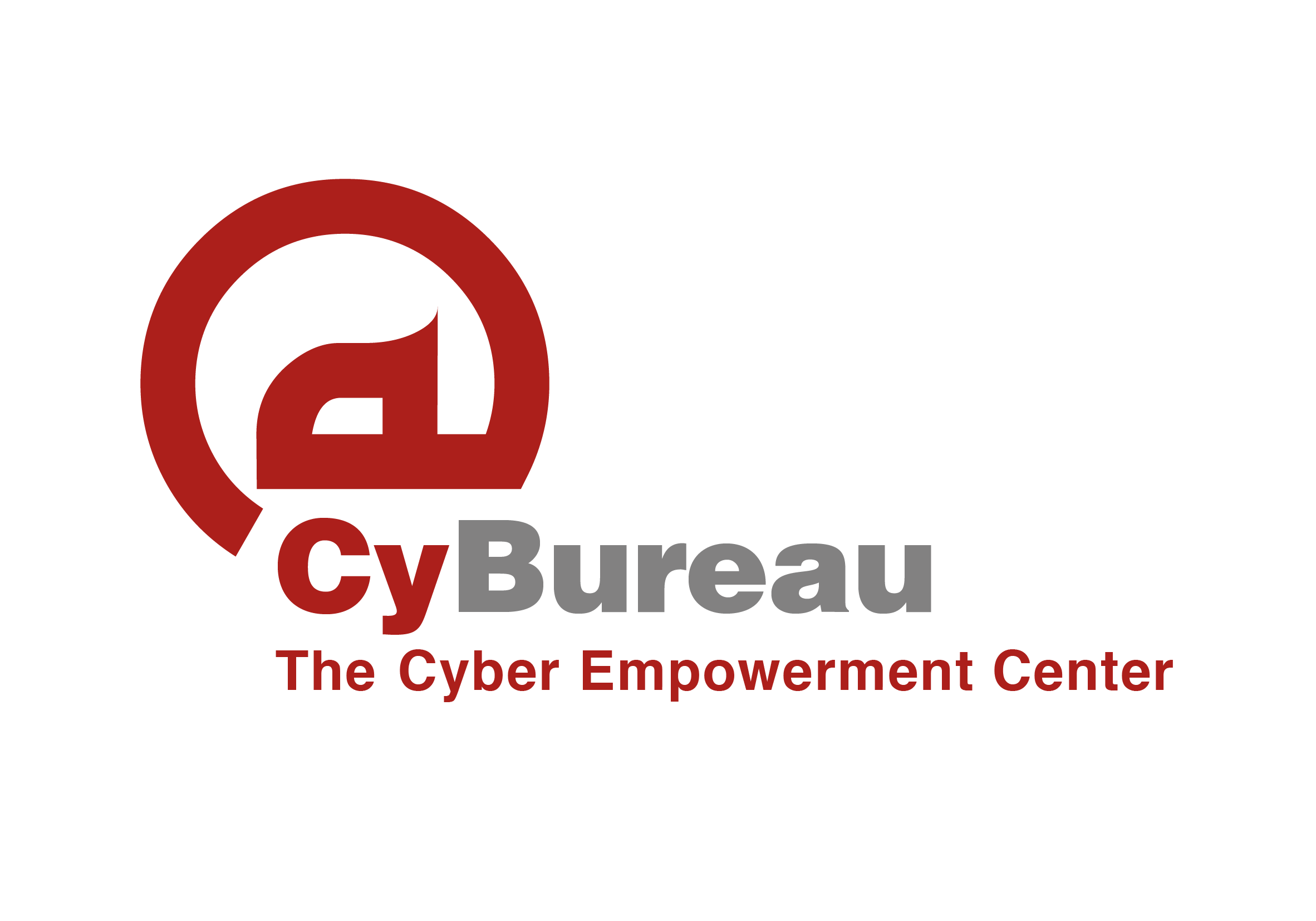Inflammation of Israeli-Palestinian Conflict via Social Media
Over the course of eleven days in May 2021, Hamas and Israel got interlocked in tumultuous conflict along the Gaza strip in which the boons of social media were highly tested. It highlighted the serious issue of censorship and media bias on various accounts, eventually leading to a graver concern of threats to secure cyberspace. Mainstream reporting is nothing new because the conflict between the two regions has been spawning over the last few decades, with no signs of appeasement. It is also no surprise that social media plays a vital role in forming and often inflaming a variety of narratives.
When the ceasefire was declared, 243 Palestinians were reported to be killed including 66 children with only 12 deaths on Israel’s side, the narrative quickly changed to Israel being the ‘oppressor’ and the Palestinians became the ‘oppressed’. Israel unquestionably has the military strength to take on a potential full-scale war. The Israeli government has often portrayed a favourable image of being a nation unjustly under constant attack, and that it has the sole purpose to defend itself. A study conducted by US newspapers over a period of fifty years showed that out of the numerous opinion pieces on the Palestine-Israel issue, very few were actually written by Palestinians. This time, however, they received worldwide support and their voices became much stronger on social media; they seemed to have more success in telling their side of the story. Tiktok, Instagram, Twitter played the biggest roles in promoting and organizing protests for the Palestinians and even showing Israeli airstrikes on Gaza, thus making people sympathetic to their cause. TikTok users uploaded videos of protestors, Israeli Police and even the Palestinian families facing the threat of eviction, putting the issue on a global stage. Mohammed El-Kurd’s online activism made him an instant celebrity after he used Instagram to make his case for the residents of his area.
But how much of this was actually true or fact-checked? A video of people in Gaza applying fake blood and wound-like makeup went viral falsely claiming to show injuries inflicted by Israelis on Palestinians, when in fact the footage was a simulation used by the French Charity, Doctors of the World in 2017. This revelation ignited weeks of conflict in East Jerusalem. (Reuters Fact Check, 2021)

Similar incidents also followed suit. For example, a spokesperson for Israeli Prime Minister, Benjamin Netanyahu shared a video on Twitter seemingly of Hamas firing rockets at Israel. “1/3 of these 250+ rockets fell inside the Gaza Strip, killing Palestinians,” Ofir Gendelman tweeted.

It was later revealed to be old footage from the Syrian government operation against rebel groups in Deraa back in 2018. Far-right Israeli Jewish mobs were also said to coordinate attacks on Israeli Arabs via the messaging app Telegram. (BBC Monitoring, 16 May 2021)
Several social media platforms came under fire including Facebook for censorship of pro-Palestinian content, to which they later apologized, saying their system immediately blocks words relating to violence (including “martyr” and “resistance”).

The Institute for Middle East Understanding highlights a post by @A7madAbuznaid on the extent of Instagram’s censorship. Photo credit: @theimeu/Instagram/Screenshot
During the pandemic, this problem of fake social media news reports increased. An organization called Fake News in Palestine has released articles saying 72% of Palestinians were exposed to fake media reports, mainly from Israeli sources. (7amleh-The Arab Center for Social Media Advancement, 2020)
“The social media networks made it very easy for anyone to tweak the system,” said Elad Ratson, a former Israeli diplomat who now runs Vayehee, a Paris-based company that uses technology to counter misinformation online. (WEINGLASS, 25 May 2021)



